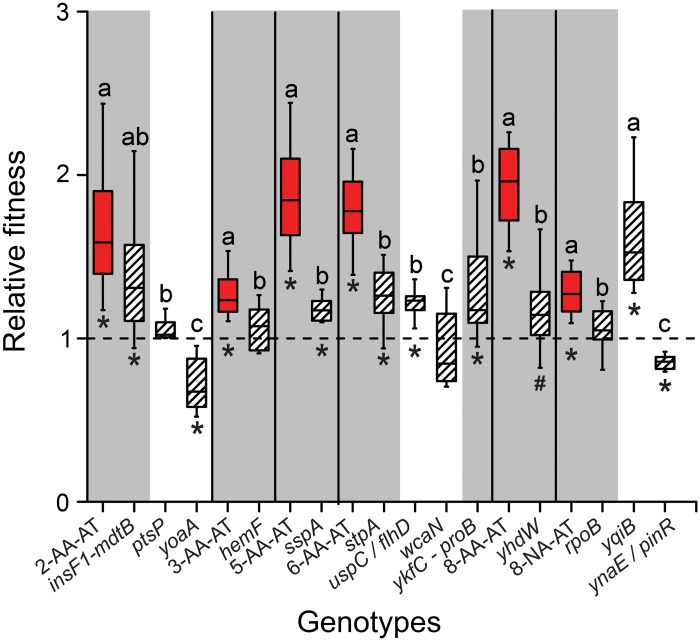Fig 6. The majority of auxotrophy-causing mutations increase bacterial fitness in the presence of amino acids.
A total of 13 mutations, which were unique to auxotrophic genotypes isolated from both the AA (genotypes: 2-AA-AT, 3-AA-AT, 5-AA-AT, 6-AA-AT, 8-AA-AT) and the non-AA regime (genotype: 8-NA-AT), were reconstructed in the ancestral WT background. The phenotypes of the resulting auxotrophic (i.e. grey background) and prototrophic mutants (white background) were determined by quantifying the growth these mutants achieved in unsupplemented minimal medium during 24 h (S3 Fig). Shown are the results of competitive fitness experiments between the ancestral WT and the derived auxotrophs (red boxes; S3 Table) or the reconstructed mutants (hatched boxes; S4 Table) in the presence of AAs. Relative fitness is the ratio of Malthusian parameters and the dashed line represents the fitness of the evolutionary ancestor. Different letters indicate significant fitness differences between the evolved auxotrophs and the reconstructed mutants (one-way ANOVA: P<0.05, n = 8), while symbols below boxes signify the statistical significance levels for the comparison to the evolutionary ancestor (independent sample t-test: * P<0.05, # P = 0.094, n = 8). Box plots: medians (horizontal lines within boxes), interquartile range (boxes), and 1.5x-interquartile range (whiskers).

